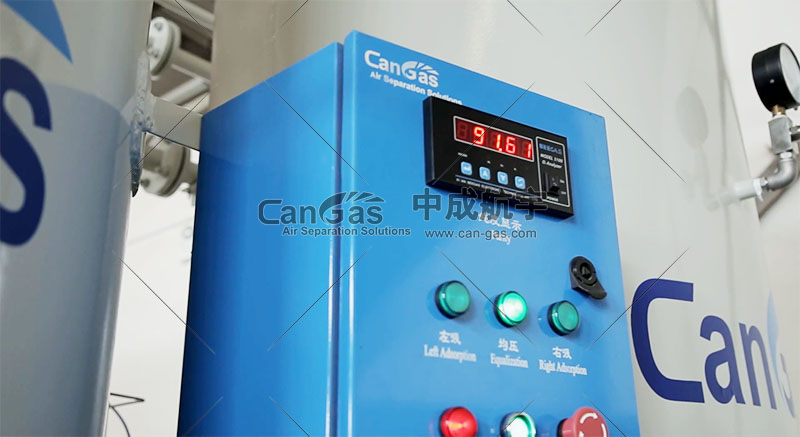Nitrogen, with the chemical formula N₂, is a colorless and odorless gas under normal conditions, accounting for about 78% of the air volume (about 21% of oxygen), and only about 0.02 volume of nitrogen is dissolved in 1 volume of water.
Nitrogen is often referred to as an inert gas and is used in some inert atmospheres for metal processing and in light bulbs to prevent arcing, but it is not chemically inert.It is an essential element in animal and plant life and is a component of many useful compounds.
Nitrogen combines with many metals to form hard nitrides, which can be used as wear-resistant metals. Small amounts of nitrogen in steel inhibit grain growth at high temperatures and also increase the strength of some steels. It can also be used to create hard surfaces on steel. Nitrogen can be used to make ammonia, nitric acid, nitrate, cyanide, etc.. In the manufacture of explosives. Filled high temperature thermometer, incandescent bulb. Forms inert material to preserve material for use in drying oven or glove bags. Liquid nitrogen during food freezing is applied as a coolant in laboratories.
For different uses and different purities of nitrogen, the national standards have corresponding determination methods, as follows:
GB/T 3864《Industrial Nitrogen》
JB/T6427《PSA Oxygen and Nitrogen Plant》
GB/T 8979-2008《Pure Nitrogen and High Purity Nitrogen and Ultra Pure Nitrogen》
GB 29202-2012 《National Food Safety Standard for Use of Food Additives Nitrogen》
GB/T 16944-2009《Gas for Electronic Industry - Nitrogen》
JB/T 9074-2018 《Pure nitrogen plants》
JB/T 53142-1999《Nitrogen Equipment - Product Quality Grading》
Note: The detailed testing method shall be carried out in accordance with the standard requirements.


